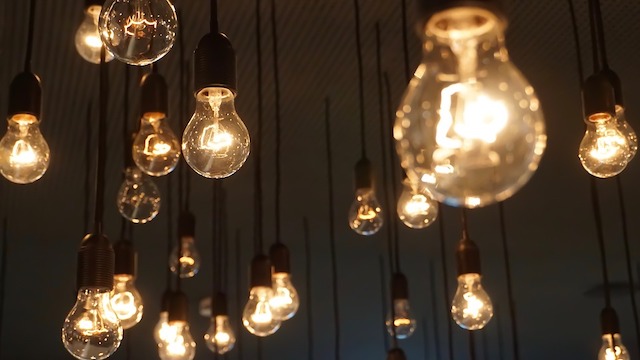Energy poverty and energy efficiency are closely related. An integrative definition of energy poverty includes not only income and housing costs, but looks at situations in which a household is not able to fully make use of the energy services needed to fulfil basic daily needs. This inability may be related to a combination of factors, such as (high) energy prices, low incomes, inefficient buildings, inefficient and aged appliances, as well as specific needs. Hence, energy efficiency does play an important role when tackling energy poverty.
But what exactly is meant by energy efficiency? Energy efficiency means using less energy, reducing your home’s energy waste and saving money. Furthermore, it not only helps lowering your costs on a household wide level, but brings a variety of benefits: reducing greenhouse gas emissions and reducing demand for energy imports. Thus, the concept of energy efficiency seems omnipresent but implies a myriad of terms that often lead to uncertainties. In order to provide a deeper understanding of energy-related terms and concepts, we have created a glossary for you to start speaking Energy!
Energy Glossary

AIR SEALING: The practice of installing appropriate materials, such as caulk or foam, to stop airflow in certain areas of a home.

BUILDING ENVELOPE: The assembly of elements comprising the exterior enclosure of a building, including walls, roof, foundation, windows, and doors.

BLACK OUT: A power loss affecting many electricity consumers over a large geographical area for a significant period of time.

CAULKING: Material used to make an air-tight seal by filling in cracks, such as those around windows and doors.

DAYLIGHTING: The use of sunlight to supplement or replace electric lighting.

ENERGY EFFICIENCY: The concept of using less energy to provide the same service.

FLY ASH: Air borne solid particles that result from the burning of coal and other solid fuel.

GLAZING: A covering of transparent or translucent material (typically glass or plastic) used for admitting light.

HELIOTHERMAL: A process that uses the sun’s rays to produce heat.

INSULATION: Any material that slows heat transfer. Insulation acts as a barrier to heat flow and is essential to keep your home warm in winter and cool in summer.

LED: Short for light-emitting diode. An electronic semiconductor device that emits light when an electric current passes through it. They are considerably more efficient than incandescent bulbs, and rarely burn out.

PEAK LOAD: The highest electrical demand within a particular period of time. Daily electric peaks on weekdays occur in late afternoon and early evening.

PHOTOVOLTAICS: Photovoltaics is the direct conversion of light energy into electrical energy. The output of a PV system is usually given in kilowatts peak (kWp).

RESOURCES: Resources are generally referred to as the means for solving a specific task, i.e. funds, raw materials, land, energy or people. Their allocation is called resource allocation.

SOLAR ENERGY: Solar energy is the primary energy that is radiated from the sun onto the earth. It is around 10,000 times higher than human energy consumption.

WIND ENERGY: Wind energy is electricity created from the naturally flowing air in the Earth’s atmosphere. As a renewable resource, its impact on the environment and climate crisis is significantly smaller than burning fossil fuels.
